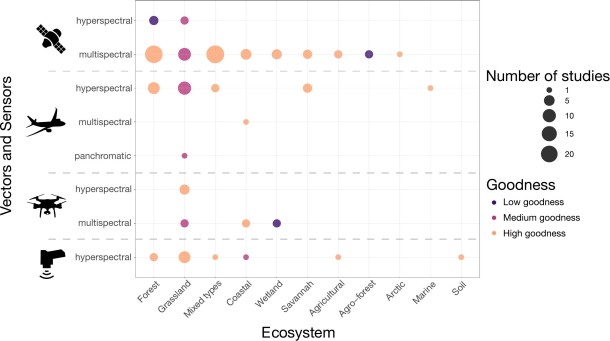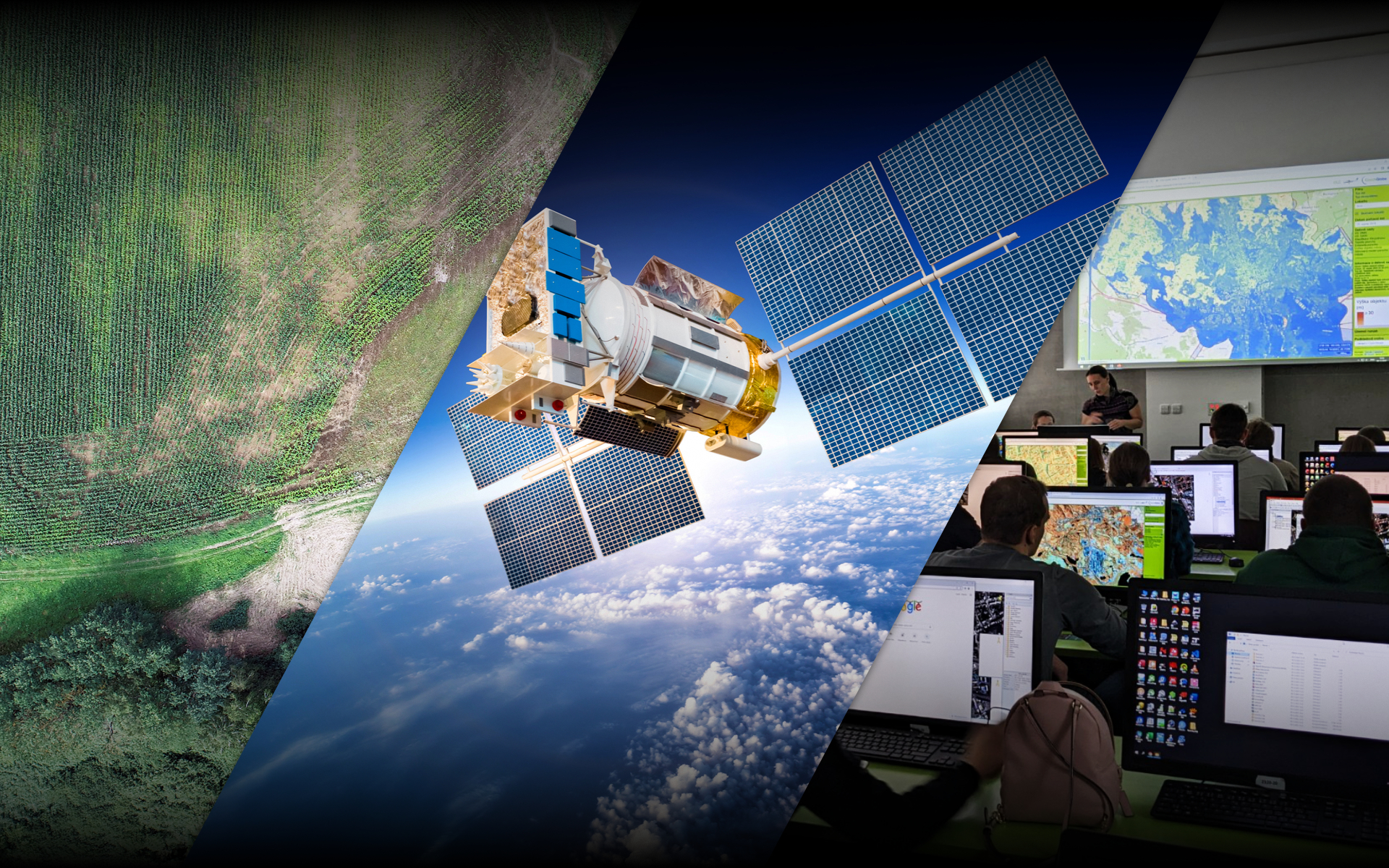The author of the article is Michele Torresani.
Introduction to the Spectral Variation Hypothesis (SVH)
The Spectral Variation Hypothesis (SVH) was introduced two decades ago as a way to connect biodiversity and the spatial patterns observed in remote sensing data, specifically in terms of spectral heterogeneity (SH). The hypothesis suggests that areas with high SH may offer more ecological niches and therefore support greater species richness. Over the last ten years, advancements in remote sensing technology and analysis methods have significantly expanded the application of SVH. However, while SVH has been successfully tested in many contexts, its effectiveness remains highly dependent on specific conditions and ecosystems. This paper reviews the development, progress, and challenges of SVH, offering insights into its potential for biodiversity estimation and highlighting both strengths and limitations.
Progress in Remote Sensing and Methodological Approaches
The review systematically covers over 130 publications, discussing the ecosystems, remote sensing data characteristics, metrics, and tools used in SVH studies. Satellite platforms, particularly multispectral sensors, are the most commonly used data sources for SVH studies, with Landsat and Sentinel-2 being the most popular. UAVs and field-based hyperspectral sensors are gaining ground but remain less prevalent. Different methodologies, such as supervised classification and plant functional traits mapping, have been used to test SVH, and the relationship between SH and biodiversity metrics varies across ecosystems and scales. The paper emphasizes the importance of aligning data characteristics—like spatial and spectral resolution—with ecological questions for more accurate biodiversity monitoring.
Challenges and Uncertainties in Applying SVH
While SVH offers a promising approach for estimating biodiversity, several uncertainties and challenges persist. Spatial and spectral resolution are critical factors, and there is no one-size-fits-all solution when choosing data characteristics for SVH studies. For example, high spatial resolution may introduce unnecessary complexity in some ecosystems, while low spatial resolution can homogenize spectral information. Additionally, the relationship between SH and biodiversity is not always straightforward, as environmental factors like phenology and human land use can affect spectral variation. The choice of heterogeneity indices also plays a significant role, and many commonly used metrics can be sensitive to outliers or extreme values, potentially skewing results.
Future Directions for SVH and Biodiversity Monitoring
The paper concludes by calling for more standardized approaches and better collaboration between ecologists and remote sensing experts to refine SVH as a biodiversity monitoring tool. Open data policies and increased financial support for remote sensing programs are essential for advancing research in this field. Future studies should focus on integrating multiple dimensions of biodiversity (e.g., alpha, beta, and gamma diversity) and testing SVH across various ecosystems and spatial scales. The authors also advocate for the development of open-source tools to support researchers in applying SVH and suggest that long-term monitoring systems should incorporate time series analyses to account for temporal variations in biodiversity.pments in the field of biodiversity estimation through remote sensing.




See the whole text: https://doi.org/10.1016/j.ecoinf.2024.102702

